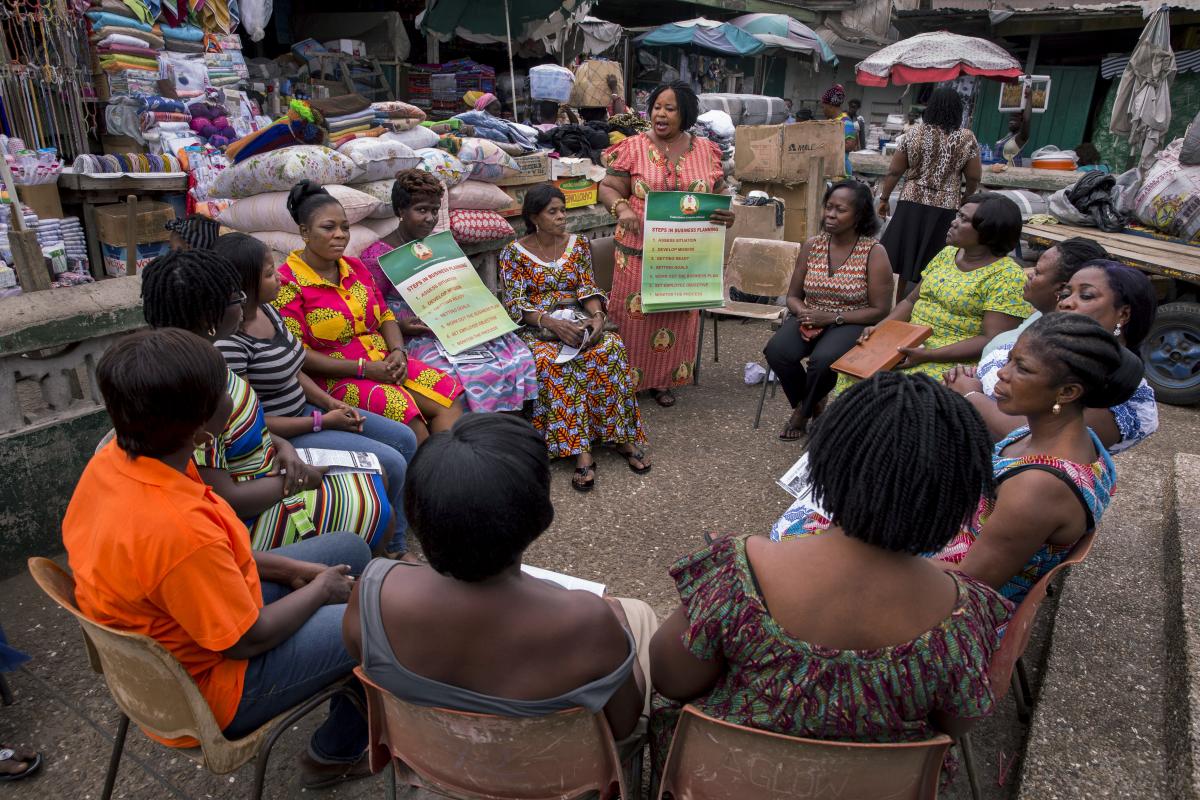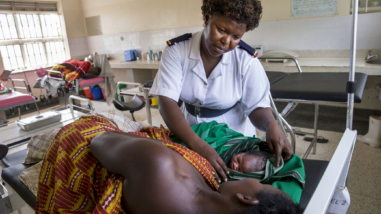Back in December, Global Development and Population Program Director Ruth Levine published our refreshed strategy to “make transparency matter.” At its heart is the assumption that we need to do more than just make information about government budgets and public services available — such information needs to be relevant, actionable and context-specific if civil society organizations and government reformers are able to use it to improve public services like health, education, water and sanitation. “Without citizens acting on this information to hold their leaders accountable,” Levine wrote, “the problems of poor quality government services persist.”
Over the coming years we’ll fund relatively less around the provision of information and relatively more on learning from interventions that use information and participatory mechanisms to address poorly performing public services. The five-year strategy we released in December offers guidance on what we aim to do, though less on how we aim to do it. We’re sharing these initial plans with you because in philanthropy, like development itself, implementation is everything.
Our first challenge was to divide the strategy into manageable themes that could be overseen by each of the four program officer. It wasn’t easy to categorize the organizations and projects we support as many span across multiple categories. Though imperfect, here’s what we settled on:
Money Flows seeks greater transparency around governments’ sources of revenue though initiatives like the Extractive Industries Transparency Initiative, the International Aid Transparency Initiative and the Financial Transparency Coalition. It also includes increased transparency, participation and accountability in how governments budget and spend money through the support of organizations and initiatives like the Global Initiative for Fiscal Transparency, the International Budget Partnership, among many others.
Service Delivery Monitoring aims to improve public service delivery by empowering citizens and watchdog groups with information to engage productively with governments. This is done both through citizen-generated sources of data, such as the work of DataShift and the People’s Action for Learning Network, and by monitoring government-generated sources of data, such as the I Am Aware platform in Ghana and GESOC’s Index on Public Program Performance in Mexico.
Governance Channels seeks to foster new channels and approaches to productive engagement between citizens and governments to improve service delivery. The channels — media, technology and legal empowerment — are represented by grantees like Well Told Story, the engine room, and the International Senior Lawyers Project. The two approaches, co-creation and feedback loops, aim to foster spaces for collaboration between civil society and government and increase government responsiveness to the needs and complaints of citizens.
Field Learning supports research organizations like JPAL, the Ash Center for Democratic Governance and Innovation and the Center for Research and Teaching in Economics in Mexico to better understand when increased transparency, participation and accountability bring about improvements in service delivery. This work also includes support to research networks like Evidence in Governance and Politics and the Governance Data Alliance, which produce research and socialize it to ensure that evidence informs the work of practitioners and policymakers.
The challenges ahead
As a small team based in California, we sure have our work cut out for us. Two challenges are top-of-mind. First, is there a role for us to play in bridging the divide between organizations focused on transparency, participation and accountability and sectoral organizations that focus primarily on improving the delivery of specific services? Second, public service delivery is mostly managed by local governments, yet our strategy is global. How can we support innovative methods of improving service delivery through transparency, participation and accountability that will contribute to learning across sectors and geographies? What are the most effective methods and networks to spread the best ideas?
These are difficult, but not insurmountable challenges. We’re encouraged by the experimentation led by Making All Voices Count to better understand the roles of transparency, participation and accountability in the water sector. And we’re encouraged by the Open Government Partnership’s Subnational Government Pilot Program, which brings together local governments and civil society organizations to address governance and service delivery challenges together.
Finally, we are developing our own learning strategy to test the assumptions and hypotheses of our strategy. In a future post we’ll describe the indicators we’re tracking and the questions we’re addressing as we implement and refine our strategy.
Learn more about our transparency, participation and accountability team members.

 Jonathan Torgovnik/Getty Images
Jonathan Torgovnik/Getty Images

